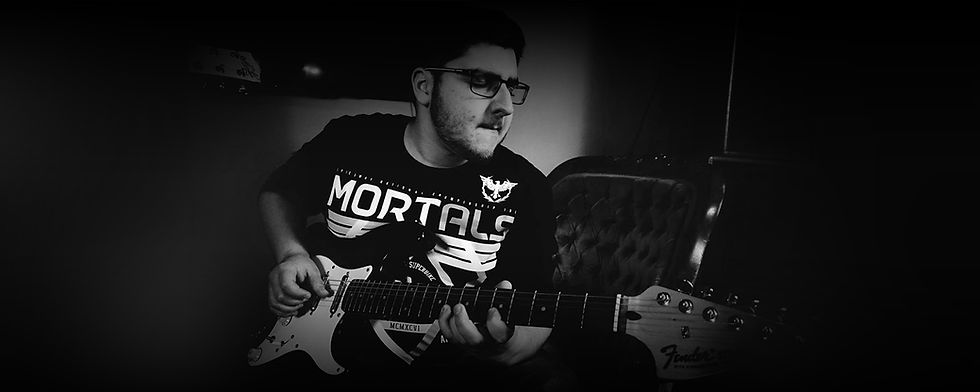Stage Plots for You and Your Band
- Mar 6, 2020
- 3 min read
If you or you and your band wish to tour you need a stage plot. Even if you don’t go on epic national or international tours and just perform at your locals, you’ll be making the lives of club owners, talent buyers, booking agents and live-sound techs easier by sending them an accurate stage plot and input list well in advance of your show. This also shows off your organisational skills and professionalism within the music industry.

What is a stage plot?
A stage plot is a graphic representation that illustrates you or your band’s setup when you perform live, your placement on stage, what gear you use, and some other helpful information.
Be sure to include:
* A basic visual that shows where each member is positioned on stage.
* The names of each member and what instruments they play.
* How many mics, DIs, monitors, and cables (XLRs or 1/4 inch) you’ll need the venue to provide.
* What sound gear (DIs, mics, etc), if any, you’ll be providing.
* Whether or not bass and keyboard amplifiers have balanced outputs. Will they be mic’d or run direct?
* Where the amps will be placed in relation to the players.
Providing a stage plot will make your load-in, setup, and soundcheck experience quick and efficient. The sound tech won’t have to do any last minute scrambling, either. You both want to save your energy for the show!

How do I create a stage plot?
If you want to go really fancy, check out Stage Plot Pro (for Mac users), StagePlan, Techrider or StagePlotGuru to name a few. Some have a free 30-day trial with unlimited features if you’d like to play around.
Also, if you need to write in technical or logistical details, you can always print the graphic you create, write the info on that page, scan THAT, and save the new image as your go-to stage plot.
If you find yourself in a situation where you need to draw your stage plot last-minute (hopefully NOT on a napkin!), you can use the following symbols to make things clear:
* Use a series of circles to stand for the drum set
* Microphones are denoted by an X inside of a circle
* Amps are rectangles
* Stage wedges are triangles
* Keyboards, guitars, basses, DJ stations,… you might need to use some of your grade-school doodling skills.
If you can’t create a stage plot, at least send the venue an informal input list.
1. How many people
2. How many amps
3. How many instruments, mics, and DIs? How are they interrelated?
For instance:
Dave - Standard 2-tom drum kit. Mic for kick. Mic for snare/hat. One overhead. Vocal mic on boom stand. Monitor to his left.
Janet - acoustic & electric guitar. stands front center stage. Vocal mic on boom stand. Guitar amp to the left of drum monitor. Also, DI for acoustic guitar.
Peter - electric bass. stands stage left. boom mic for vocals. bass rig sits rear stage left, has balanced out.
Alice - 2 keyboards, both going into single keyboard amp with balanced out. Also one vocal mic on boom stand that doubles as trumpet microphone.

So what do I do with my stage plot/input list?
Email it to the booker, promoter, or talent-buyer the moment your gig is confirmed. Also, ask them if you can get the contact info for the live-sound engineer and send it to them. The booking agent/talent buyer etc may also send you an email or contract with lots more information about the gig. The sound person’s contact info might be on there too. Be sure to check.
Then, show up, have fun, put on a great show, and sell some music!










Comments